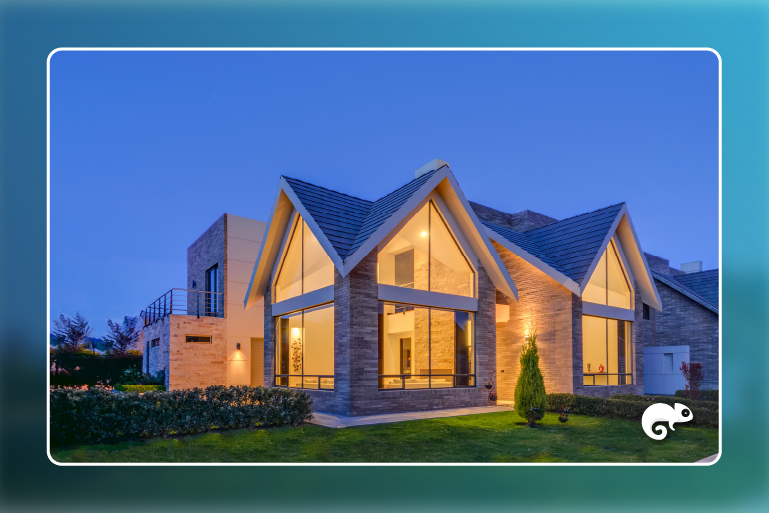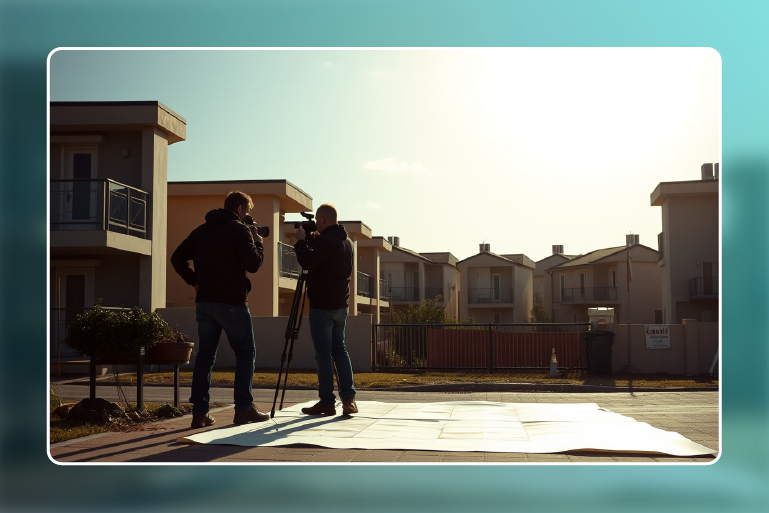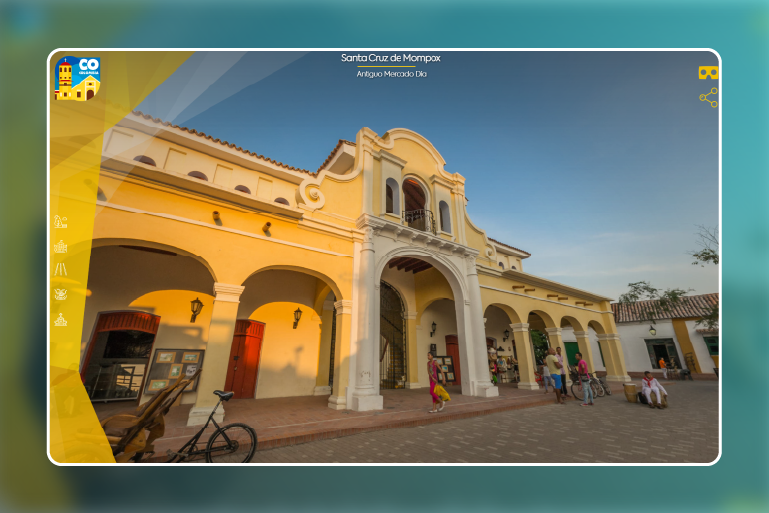In a highly competitive market like real estate, visual communication has become an essential tool to make projects stand out and attract clients. Advertising photography, as a specialty, plays a crucial role in effectively conveying the values and attributes of a brand or architectural project.
Advertising photography of architecture highlights the unique features of buildings and spaces, blending creativity and technique to deliver impactful images. This article explores key concepts, trends, and benefits of this discipline, aimed at those seeking to understand how photography can elevate the impact of their architectural projects.
What is Architectural Advertising Photography?

Architectural advertising photography is a discipline that combines the art of capturing the essence of architectural spaces with the strategy of visual communication. Its primary goal is to present buildings and structures in a way that is not only visually appealing but also communicates the message or purpose behind the design.
Unlike traditional architectural photography, which focuses on faithfully documenting the features of the space, the advertising version seeks to evoke emotions and influence the viewer’s perception. This involves using advanced techniques in lighting, framing, and post-production to highlight the most distinctive and commercial aspects of each project. In this way, advertising photography becomes a strategic tool for businesses, architects, and real estate developers interested in capturing their audience’s attention.
The Role of the Advertising Photographer in Architecture

The advertising photographer in architecture is much more than a skilled technician; they are a visual storyteller who translates the essence and purpose of an architectural project into inspiring and communicative images. This role is crucial for connecting the values of architectural design with the emotions and expectations of the target audience.
Some of the key responsibilities of the advertising photographer include:
- Translating Concepts into Images: Interpreting the architect’s or developer’s vision to create photographs that reflect the project’s purpose, whether it’s modernity, sustainability, or luxury.
- Enhancing Brand Identity: Using photography as a strategic tool to align architectural design with the brand’s values and messages.
- Creating Visual Impact: Producing images that capture the viewer’s attention, highlighting architectural details that convey exclusivity and functionality.
The photographer acts as an essential bridge between the architectural project and its audience, helping businesses position themselves in the market and communicate the unique value of their spaces. Through a combination of artistic vision and communication strategy, these professionals transform structures into compelling visual stories.
Key Elements of Architectural Advertising Photography

The key elements that define architectural advertising photography enable the project’s purpose to be communicated effectively and attractively:
- Composition and Framing: The careful choice of angles, lines, and perspectives can transform an ordinary image into a powerful representation of architectural design. This includes highlighting symmetries, patterns, and unique proportions.
- Strategic Use of Light: Lighting plays a crucial role in architectural photography. Natural light enhances textures and volumes, while artificial light is used to emphasize specific details or create unique atmospheres.
- Selection of Colors and Contrasts: Colors and contrasts help draw attention to key features of the structure and influence the viewer’s emotional perception.
- Professional Editing: Post-processing refines images to ensure that the most important details stand out and meet advertising visual standards.
Each of these elements works together to transform architectural spaces into images that not only impress but also communicate the desired strategic message.
Benefits of Advertising Photography for Architects and Businesses

Investing in quality advertising photography offers multiple advantages for both architects and companies in the real estate sector:
- Market Differentiation: Professional photography allows architectural projects to stand out from the competition, showcasing not only their design but also their value proposition.
- Increased Interest from Potential Clients: High-quality images generate a stronger visual and emotional impact, resulting in increased interest from buyers and investors.
- Strengthening Brand Identity: For construction companies and architectural firms, having photographs that represent their vision and quality of work helps build a solid and trustworthy reputation.
- Greater Reach in Marketing Strategies: Attractive advertising images are ideal for social media campaigns, catalogs, and business presentations, expanding the project’s reach.
These benefits make advertising photography a strategic investment for maximizing the impact and success of architectural projects in the market.
Selling Spaces with Visual Stories

Architectural advertising photography is much more than a visual tool; it is a strategic medium to showcase projects, convey values, and connect with key audiences. In a competitive sector like real estate, having professional-quality images can make the difference between being overlooked or capturing the attention of clients and investors.
Through the combination of technique, creativity, and an understanding of strategic messaging, this discipline transforms architectural spaces into impactful visual narratives. Therefore, architects, developers, and companies find in advertising photography an essential ally to strengthen their market presence and achieve their business goals.








